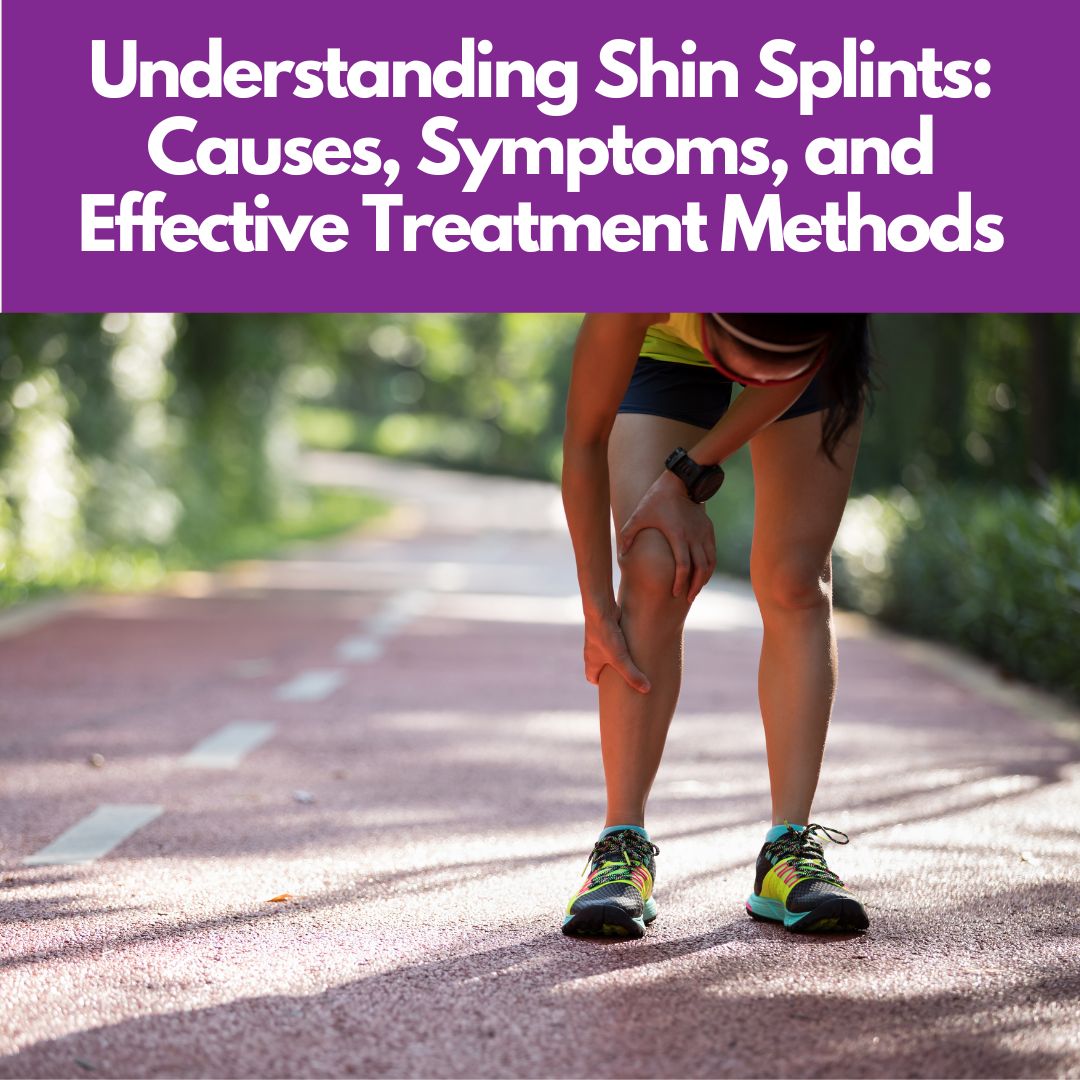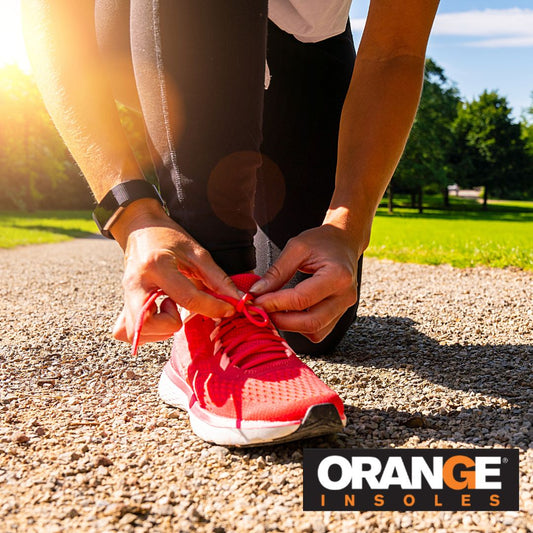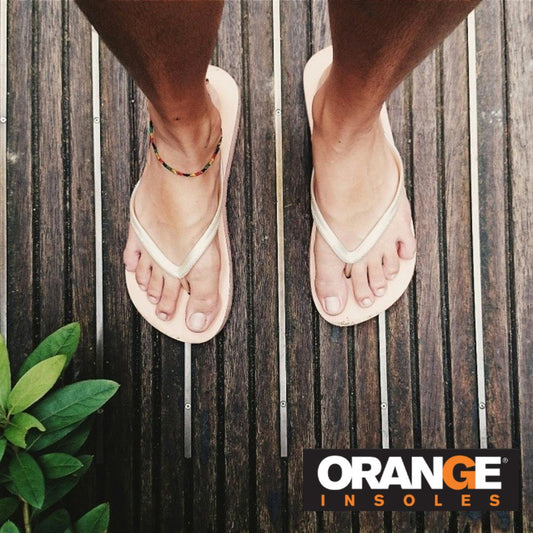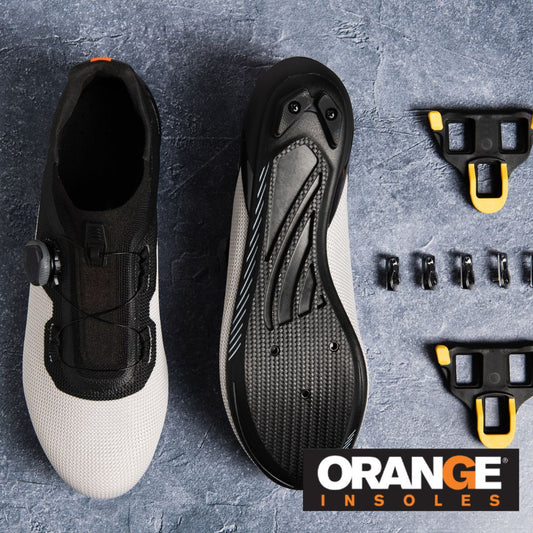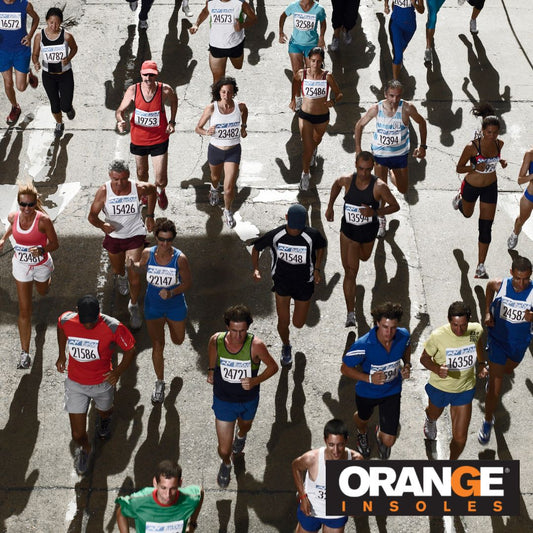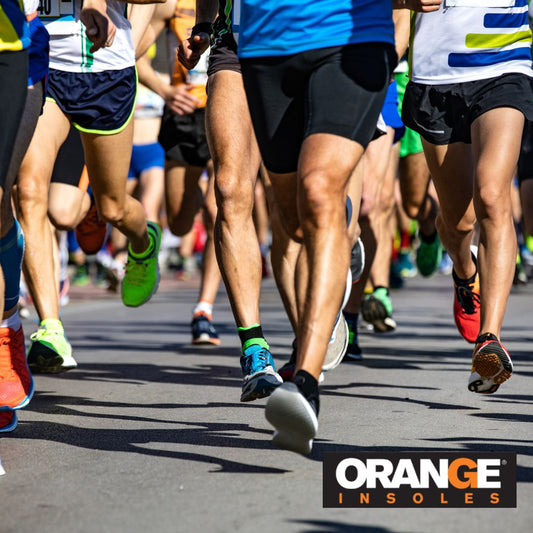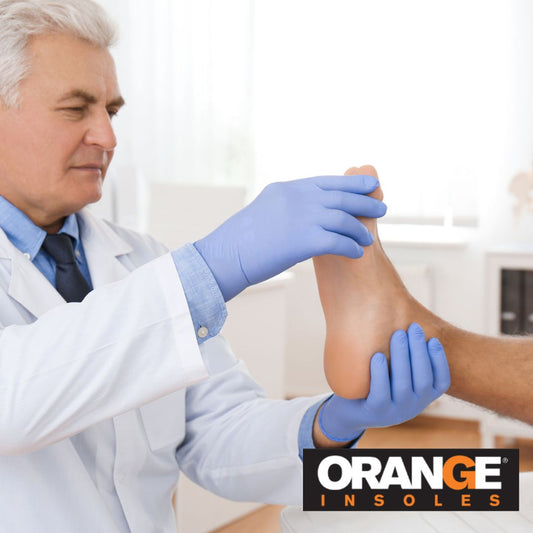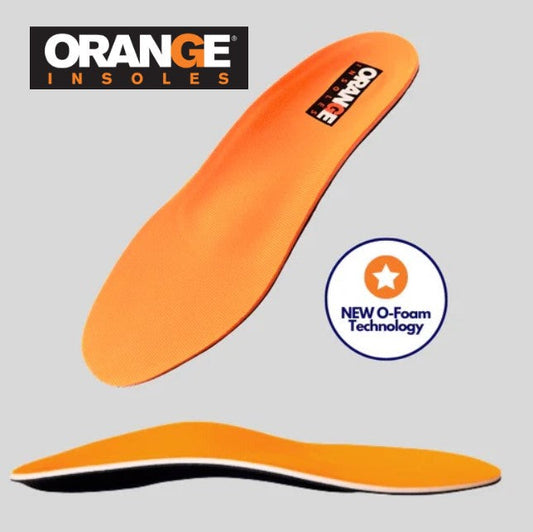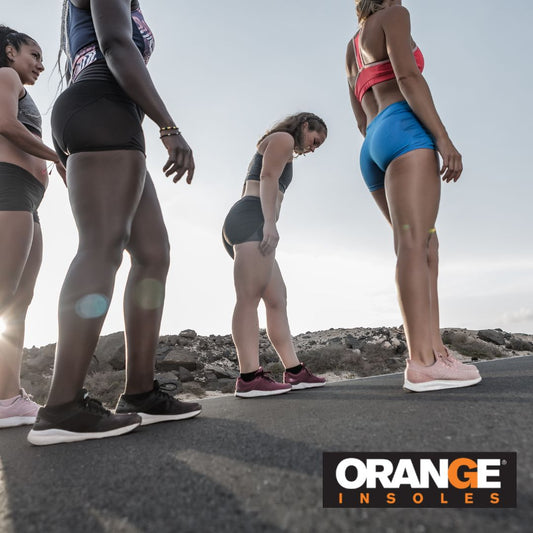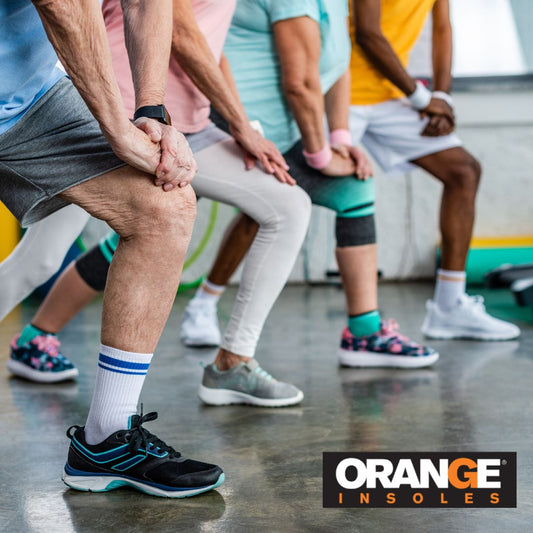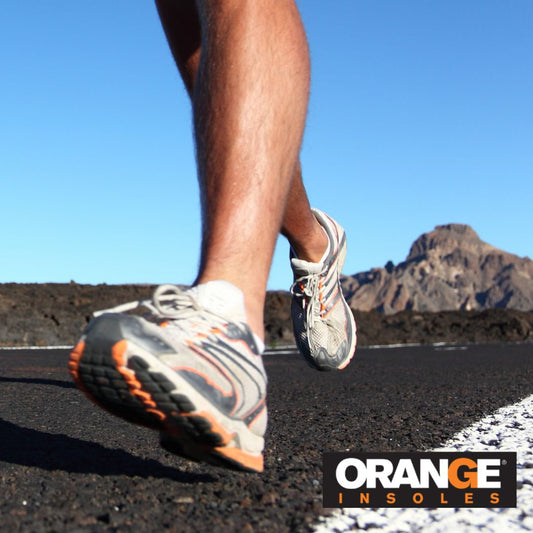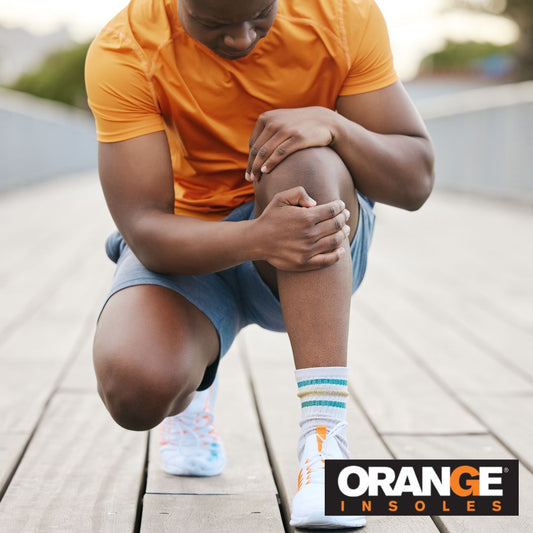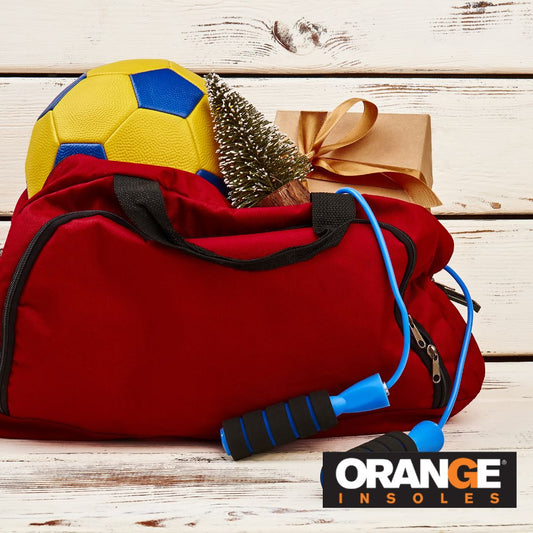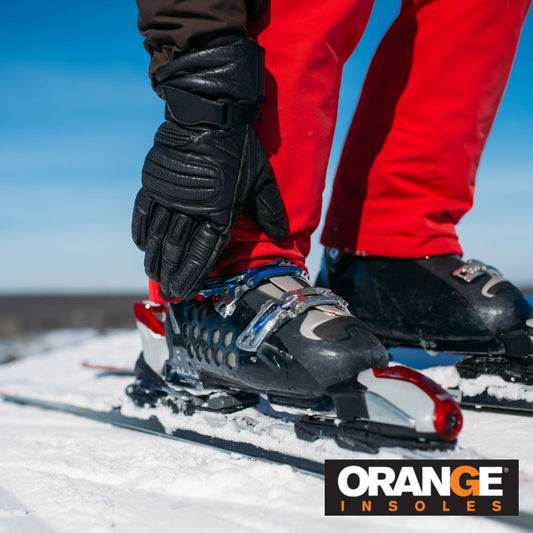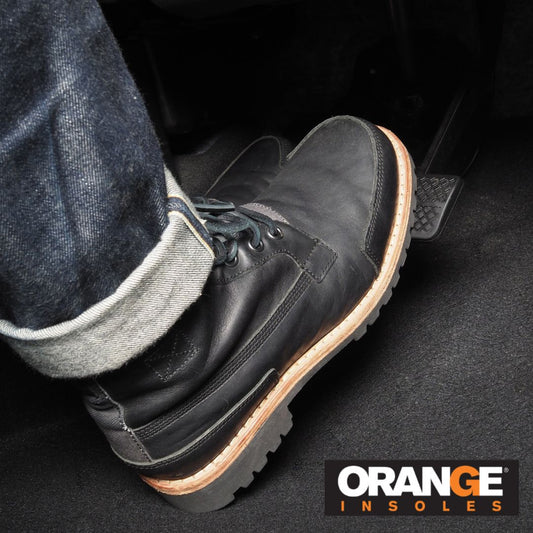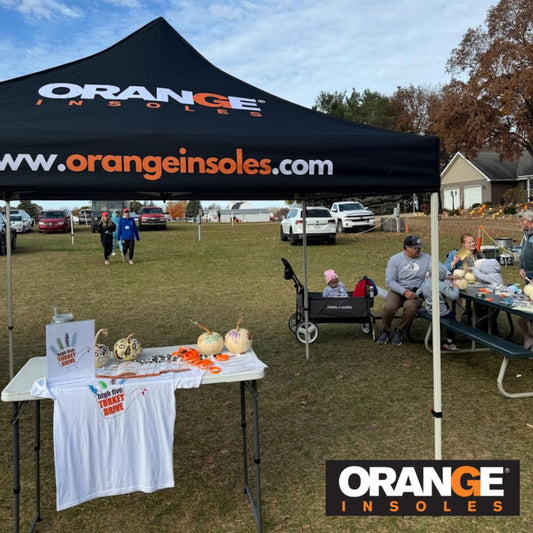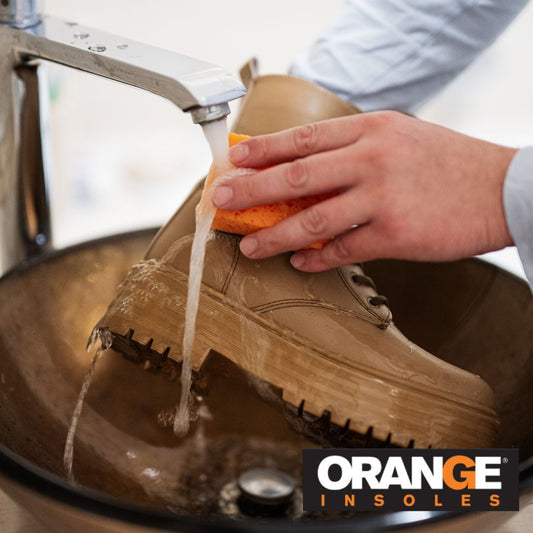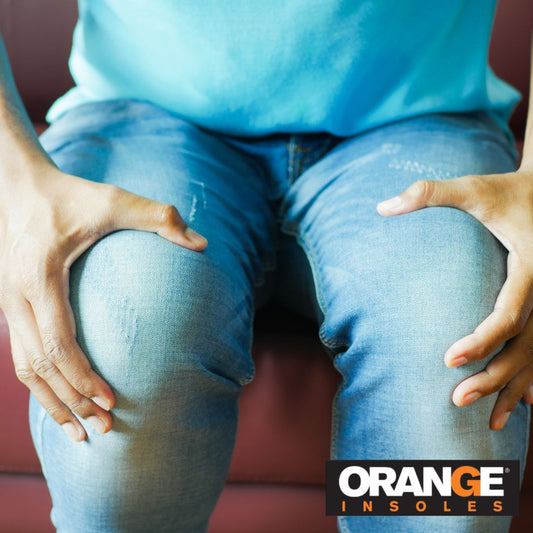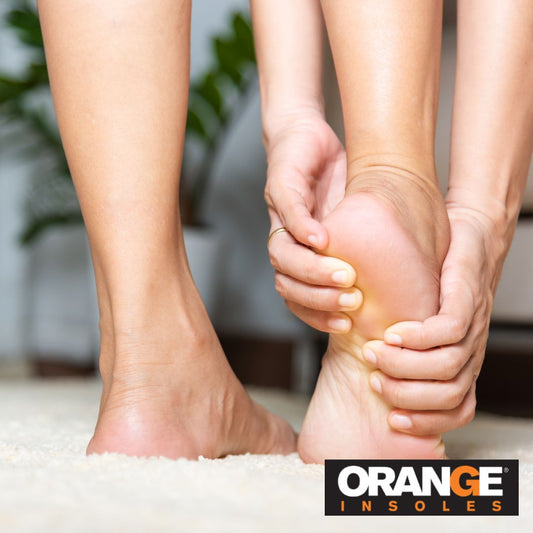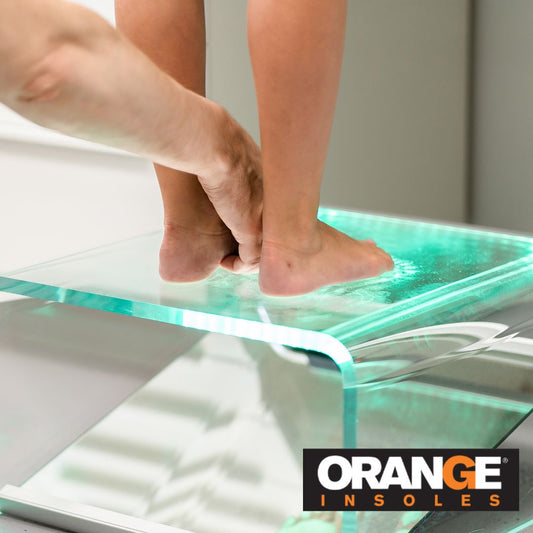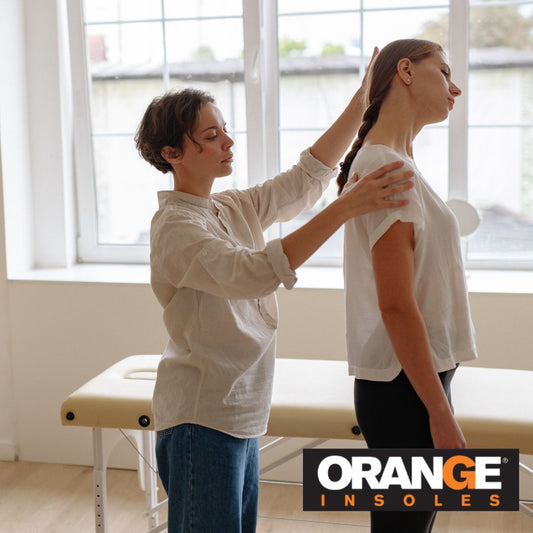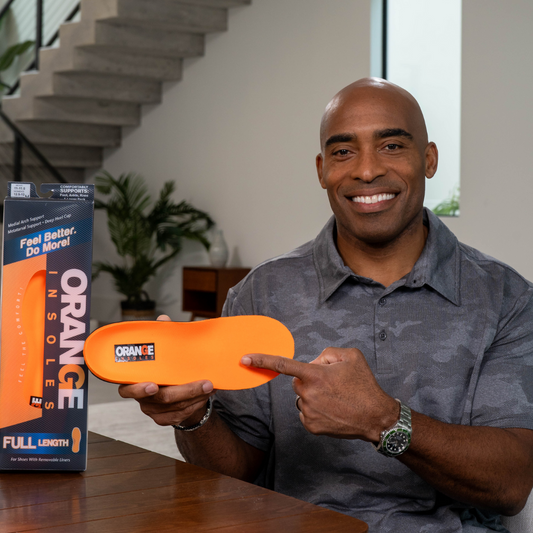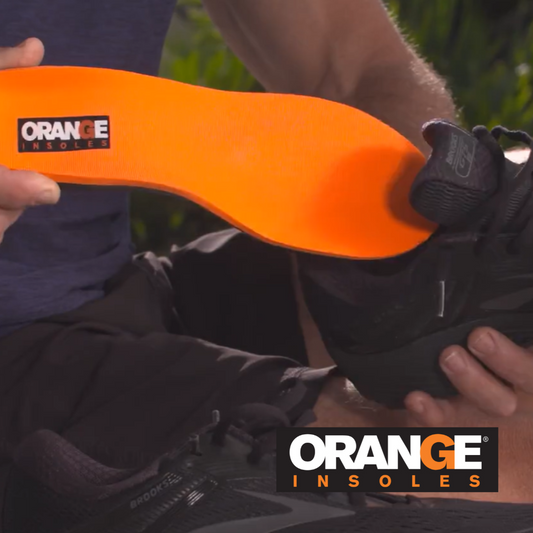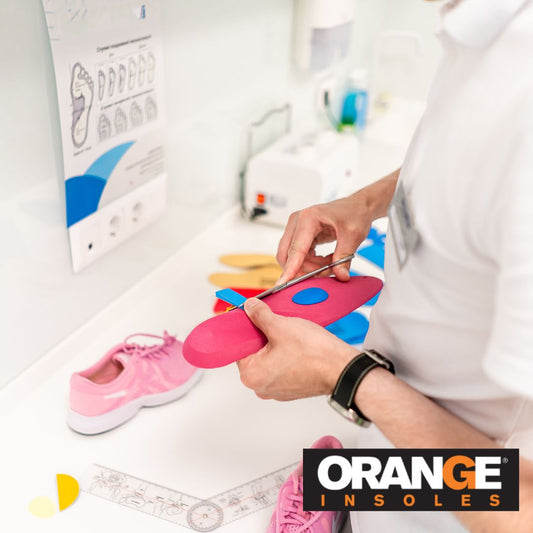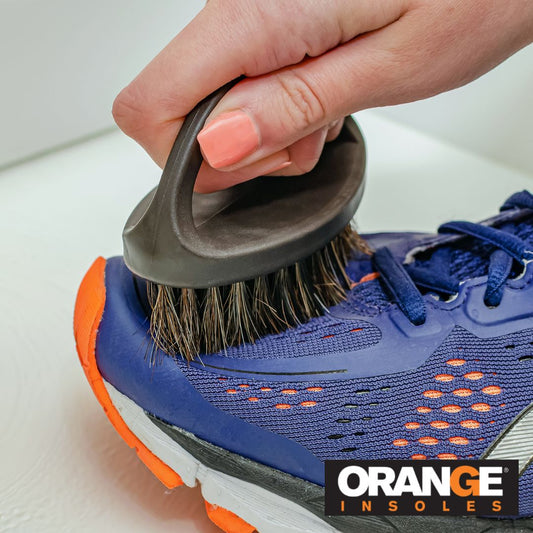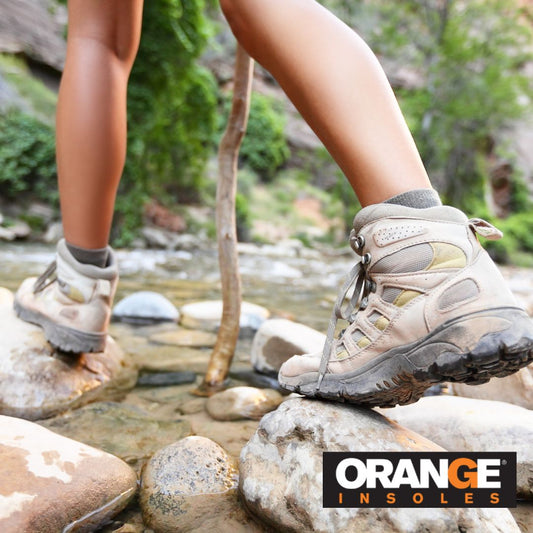If you're an athlete, you’ve probably had some experience with the dreaded condition known as shin splints. Shin splints can be extremely painful and, if not treated properly, can take you away from your favorite activities. But they are preventable.
Before you experience the pain of shin splints, take a look at our quick guide! We’ll dig into everything you need to know to stay active, feel better, and do more!
Causes of Shin Splints
The fancy name is medial tibial stress syndrome but simply put, shin splints are usually characterized by pain or inflammation along the inner edge of the shinone (or, tibia). While the exact cause is unknown, there are several factors that can cause the pain and inflammation associated with shin splints.
Before we dive in, it’s important to note that it’s a common misconception that shin splints are only caused by inflammation. Inflammation can be present, yes, but medial stress syndrome is often caused by micro tears in the muscle tissue and stress reactions in the bones, leading to pain discomfort. Inflammation will occur because of these tears and during the healing process, but it’s not the cause of shin splints. The factor below can contribute to the stress, tissue damage, and muscle fatigue behind shin splints.
- Hard or Uneven Surfaces: Exercising on hard surfaces like concrete or uneven terrain can lead to increased impact and stress on the lower legs, potentially causing shin splints.
- Foot conditions: Existing foot conditions like flat feet, high arches, overpronation, can change the distribution of weight in the lower legs and may eventually lead to shin splints.
- Lack of Support: If your shoes aren’t doing their job, you're going to feel it all up your legs and maybe even into your back. You might even get shin splints. Your shoes should help absorb impact and distribute weight. If they aren’t either because they're older, not the right shoes for your activity, or you just need extra support, you can add an insole to help prevent injuries like shin splints.
- Poor Form: Running or walking the “right way” can help prevent shin splints and other injuries. You should pay attention to your whole body but proper posture often begins in the feet. You should make sure to hit the pavement with the middle of your foot rather than your heel or your toe. Keep your feet underneath you and close to the ground and keep your arms from swinging too far.
How do I Know if I Have Shin Splints?
Ok, so you’ve started a new activity and have some pain in your lower leg–how do you know if it’s shin splints or just soreness or strain? If your pain is severe and persistent you should always seek out medical treatment and get a proper diagnosis, but here are some things you can look for.
Symptoms of Shin Splints:
- Pain during activity: If your pain occurs or gets worse during a physical activity such a run, walk, or activities with repetitive stress, it could be shin splints.
- Slow onset: Shin splints tend to develop over time rather than suddenly so a pain that starts as a mild ache and then graduates to something more intense, could be shin splints.
- Swelling: Swelling and tenderness along the inner part of the lower leg are also signs of shin splints. Your pain may go away when you press the affected area.
Shin Splint Treatments
So if you have shin splints, what can you do? Again, if you think you have shin splints, see a doctor. But here are some treatments you can try at home, on your own.
- Rest: The first thing you should do if you think you have shin splints, is take a break. Yes, that might mean skipping your morning run for a few days but it will be worth it if you can prevent them from getting worse.
- Modify Your Activity: If you need to stay active (don’t we all!) but don’t want to make things worse, try modifying your activity. Go for a swim instead of a run. Try some slow cycling. Do some yoga or stretching (see the next bullet).
- Stretching: You don’t want your muscles to tighten while you're resting so stretching is a great way to keep those muscles moving and build up muscle endurance (to prevent shin splints in the future!). You should also make sure you’re stretching before activities even when you’re not experiencing pain.
- Ice: Applying ice packs to the affected area for 15-20 minutes several times a day can help reduce pain and inflammation.
- Extra support: Adding extra support to your shoes while you’re healing and even after, can help take some of the stress off your legs and muscles and help you heal! Add an Orange insole to your shoes (everyday and workout shoes) and get the support you need while you recover!
- Gradual Activity Increase: Since sudden stress can cause shin splints, it’s a good idea to return to your activities slowly after recovery. If you’re a runner, start by walking and only go short distances at first.
Now that you understand shin splints a little more, hopefully you’ll be able to prevent them! Remember to stretch before and after a workout, wear the right footwear, and get the extra support you need from an insole so that you can continue to feel better and do more!




